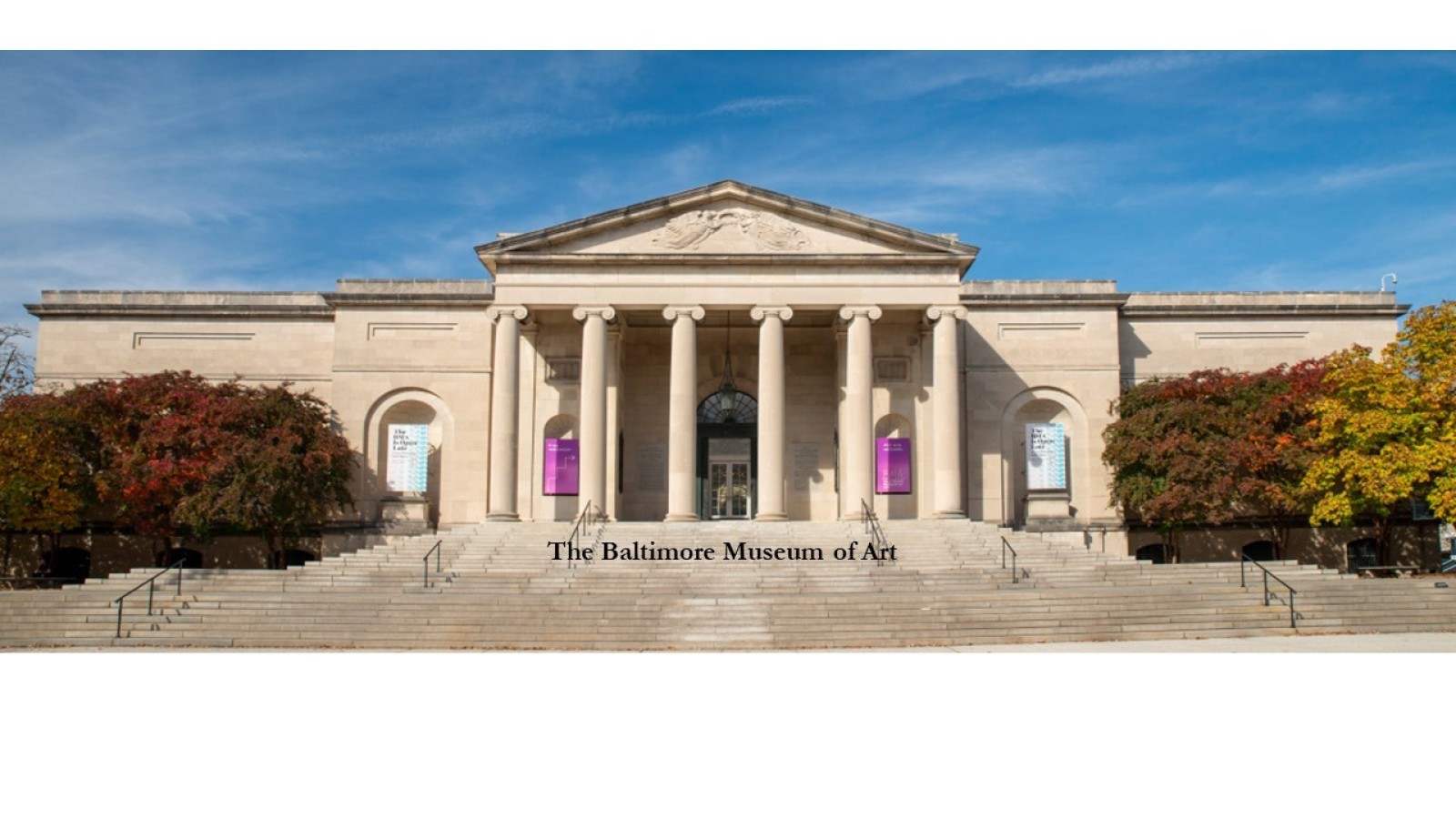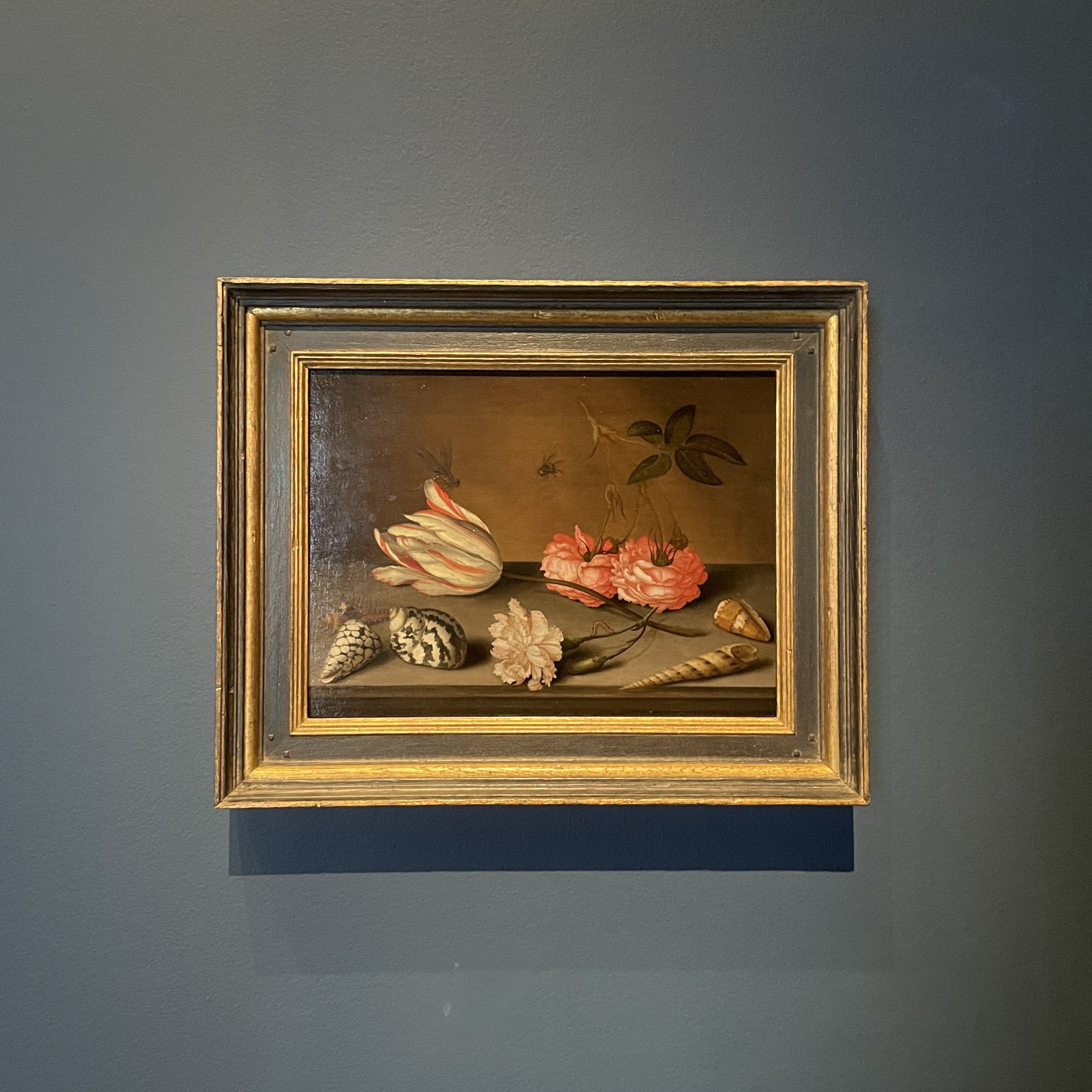
Baltimore Museum of Art acquires a Balthasar van der Ast still life from Richard Green
14 September 2023
Baltimore Museum of Art, Maryland has acquired Balthasar van der Ast’s A tulip, a carnation and roses, with shells and insects, on a ledge, painted in the 1630s. Van der Ast was from the second generation of flower painters in Middelburg, a town in the south-west of the Dutch Republic, which made a speciality of this genre. He was trained by his brother-in-law, the still life painter Ambrosius Bosschaert the Elder (1573-1621).
Lara Yeager-Crasselt, Curator and Department Head of European Painting and Sculpture at the Baltimore Museum of Art, comments that ‘The acquisition of Balthasar van der Ast’s exquisite still life represents an important moment in the stories we are able to tell in the BMA’s European galleries. Not only does the painting fill a gap in our collection by representing an artist who was a pioneer of Dutch still life painting in the seventeenth century, but it also weaves together narratives around natural history, collecting, trade, and colonialism through the depiction of seashells from around the globe and the prized red-and-white striped tulip. These global narratives are essential for how we are reimagining early modern European art at the BMA’.
The red-and-white striped tulip which crowns the composition is a reminder that the northern Netherlands was in the grip of ‘tulip fever’ in the 1630s, with single bulbs changing hands for as much as 5,000 florins, the price of a house. The market then dramatically collapsed, although the Dutch continued their skill in developing new tulips and the bloom kept its place in floral still lifes. The beautiful, flame-like markings so superbly delineated on van der Ast’s tulip were caused by a virus which ultimately weakened the bulb, although the cause was not known at the time. The fascination for connoisseurs was to see which bulbs would ‘break’ with these scarlet, burgundy or purple stripes.
Shells were another passion of Dutch collectors, reflecting the burgeoning interest in natural history and patterns of trade and colonization spurred by Dutch East India Company (VOC) voyages. Middelburg, situated at the mouth of the Scheldt estuary, was important in VOC activity, with luxury goods and rare objects flowing into the town. In the foreground left of the painting is a marble cone shell from the Indian Ocean, with a murex behind and an auger shell to the far right. Van der Ast places his flowers and shells on a ledge against a plain background, giving a sense of spaciousness and bringing out the personality of each object. Insects hover and a tiny caterpillar loops along the carnation stalk, bringing movement into this choice collection of naturalia.
Baltimore Museum of Art was founded in 1914 and its collections span the art of the globe. Among its upcoming exhibitions (1st October 2023-7th January 2024) is Making her Mark: a History of Women Artists in Europe, 1400-1800, which includes a work by van der Ast’s flower painting contemporary Clara Peeters (fl.1607-1621).
Baltimore Museum of Art (artbma.org)

Balthasar van der Ast (1593/4-1657), A tulip, a carnation and roses, with shells and insects, on a ledge. Painted in the 1630s. Oil on panel: 12 x 15 7/8 in.
© The Baltimore Museum of Art. Art Fund established with exchange funds from gifts of Dr and Mrs Edgar F Berman, Equitable Bank, NA, Geoffrey Gates, Sandra O Moose, National Endowment for the Arts, Lawrence Rubin, Philip M Stern and Alan J Zakon.
